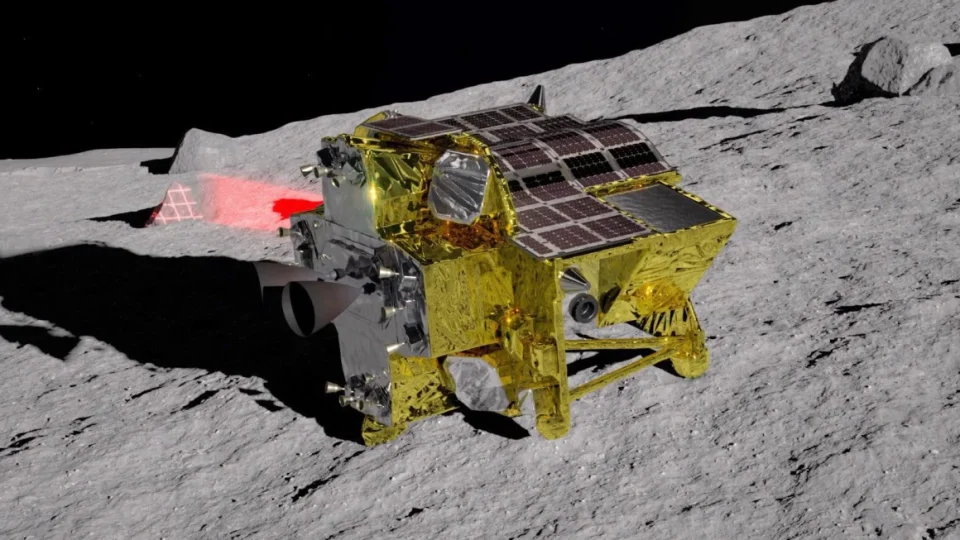Japan’s “Moon Sniper” robotic explorer landed on the lunar surface, but the mission may end prematurely since the spacecraft’s solar cell is not generating electricity, the Japan Aerospace Exploration Agency said. The agency said it is currently receiving a signal from the lander, which is communicating as expected.
The uncrewed Smart Lander for Investigating Moon, or SLIM, mission landed just after 10:20 a.m. ET Friday (12:20 a.m. Saturday Japan Standard Time), according to telemetry data shared on JAXA’s live broadcast.
Currently, the lander is operating on limited battery power, only expected to last several hours, and the JAXA team is analyzing the data to determine the cause of the solar cell issue and the next steps for the lander. It’s possible that the solar cell issue is due to the fact that the spacecraft is not pointing in the intended direction, JAXA officials said.
There is hope that as the solar angle changes on the moon, the solar cell may be able to charge again, but that may take some time, the team shared during a news conference.
The agency believes the mission has met the criteria to declare it a “minimum success,” because the spacecraft achieved a precise and soft lunar landing using optical navigation. The landing makes Japan the third country to land on the moon this century, and the fifth overall.
The team is also working to gather all of the scientific data obtained by the lander.
The lander was able to release its two lunar rovers, LEV-1 and LEV-2. The LEV-1 rover moves using a hopping mechanism and is equipped with wide-angle visible light cameras, scientific equipment and antennas that allow it to communicate with Earth.
And LEV-2, also outfitted with cameras, can change shape to move across the lunar surface.
The small-scale SLIM robotic explorer, which launched in September, goes by the nickname “Moon Sniper” because it carried new precision technology to demonstrate a “pinpoint” landing.
Previous lunar missions have been able to target and reach specific zones that spanned many kilometers, but the SLIM lander targeted a landing site that stretches just 100 meters (328 feet) across. The lander’s “smart eyes” — an image-matching-based navigation technology — rapidly photographed the lunar surface on approach and autonomously made adjustments as the spacecraft descended to touchdown on a sloped surface.
The JAXA team is still working to determine the accuracy of SLIM’s landing, which could take up to a month.





Comments are closed for this post.